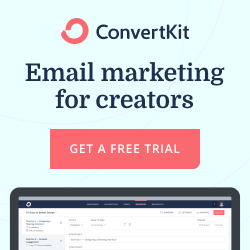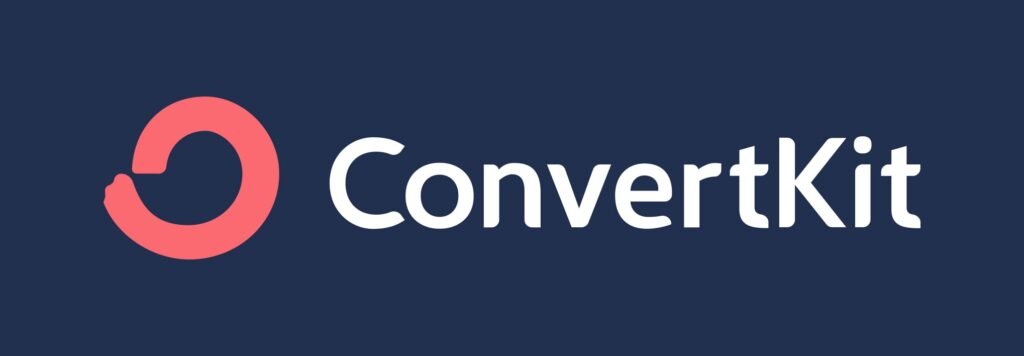In today’s digital marketing landscape, building and nurturing email lists are crucial for success. But simply collecting email addresses isn’t enough. This is where email marketing automation comes in. By automating email sequences, you can engage with your subscribers on autopilot, saving you time and effort while boosting conversions. ConvertKit, a popular email marketing platform designed specifically for creators, offers powerful automation features. With ConvertKit’s automation, you can create personalized email journeys that resonate with your audience and drive results.
This step-by-step guide will explore the capabilities of ConvertKit’s automation and equip you to create effective automated email sequences for your campaigns.
Understanding ConvertKit’s Automation Builder
ConvertKit’s automation builder uses a visual interface with drag-and-drop functionality, making it user-friendly even for beginners. Automations are triggered by specific subscriber actions or events, such as signing up for a form, clicking a link in an email, or purchasing a product.
Here’s a breakdown of the key elements within ConvertKit’s automation builder:
- Triggers: These define the starting point of your automation. Common triggers include form submissions, tag assignments, and abandoned cart events.
- Actions: These determine what happens after a trigger is activated. Examples include sending emails, adding or removing tags, and updating subscriber information.
- Conditions: Conditions allow you to segment your audience and personalize your automation flow. For instance, you can send different emails based on subscriber preferences or purchase history.
- Delays: Delays let you schedule emails to be sent at specific intervals after a trigger is activated. This ensures your emails are delivered at a time that optimizes engagement.
Building Your First ConvertKit Automation
Now, let’s dive into creating your first ConvertKit automation!
- Choose Your Trigger:
Start by defining the event that will initiate your automation. A common starting point is a signup form for your email list.
- Craft Your Welcome Email:
The first email in your sequence is a prime opportunity to make a positive impression. Here, you can welcome new subscribers, introduce yourself or your brand, and provide valuable content.
- Utilize Tags and Conditions (Optional):
As your automation progresses, consider using tags to categorize subscribers based on their actions or interests. This allows for more targeted communication within your automation. Conditions can then be applied to segment your audience and send specific emails based on these tags.
- Schedule Follow-Up Emails:
Don’t stop at the welcome email! Create a sequence of emails with valuable content, exclusive offers, or calls to action. Use delays to space out your emails and avoid overwhelming your subscribers.
- Track and Analyze:
Once your automation is live, monitor its performance in ConvertKit’s analytics section. Track metrics like open rates, click-through rates, and unsubscribes to identify areas for improvement.
ConvertKit Automation Examples for Inspiration
Here are a few examples of how you can leverage ConvertKit’s automation to achieve your marketing goals:
- Welcome Series: Onboard new subscribers with a warm welcome email followed by a series of emails introducing your brand, best content, and special offers.
- Content Promotion: Promote your latest blog posts or resources through automated emails triggered when you publish new content.
- Product Launch Sequence: Build excitement for a product launch with a series of emails leading up to the release date. Offer early access or exclusive discounts to incentivize subscribers.
- Abandoned Cart Recovery: Recover lost sales by sending automated email sequences to subscribers who abandon their carts during checkout. Remind them about the products they left behind and offer incentives to complete the purchase.
- Segmentation and Re-engagement: Segment your audience based on interests or behavior and send targeted emails to re-engage inactive subscribers with relevant content or special offers.
By implementing these strategies, ConvertKit‘s automation empowers you to create personalized subscriber journeys that nurture leads, drive sales, and ultimately achieve your marketing objectives.
Conclusion
ConvertKit’s automation features provide a powerful tool for creators and businesses to streamline their email marketing efforts and connect with their audience on a deeper level. With its user-friendly interface and robust functionalities, ConvertKit’s automation allows you to design automated email sequences that convert passive subscribers into engaged customers.
So, why not explore the potential of ConvertKit’s automation today and take your email marketing to the next level? Click on below image to join now.


